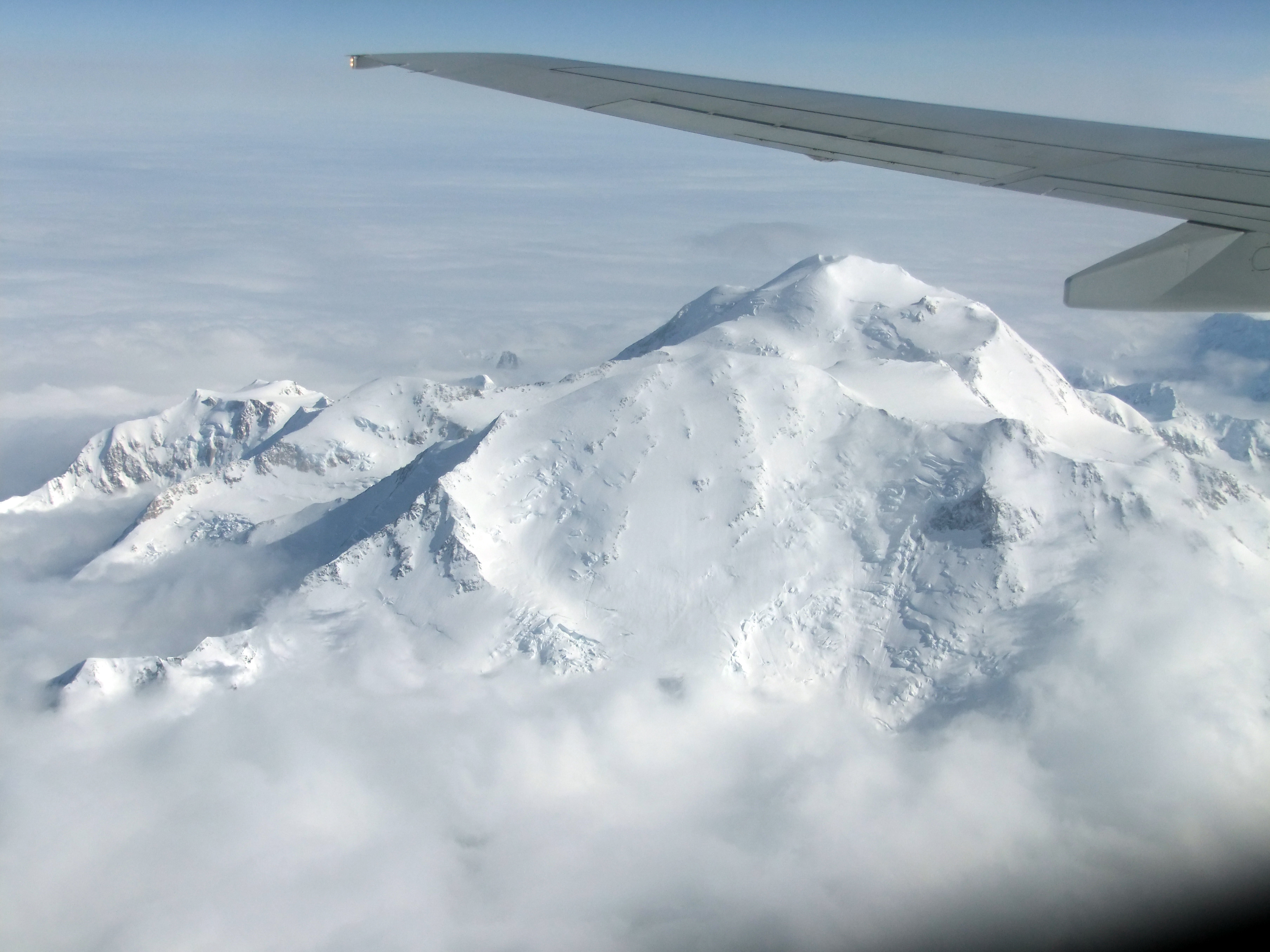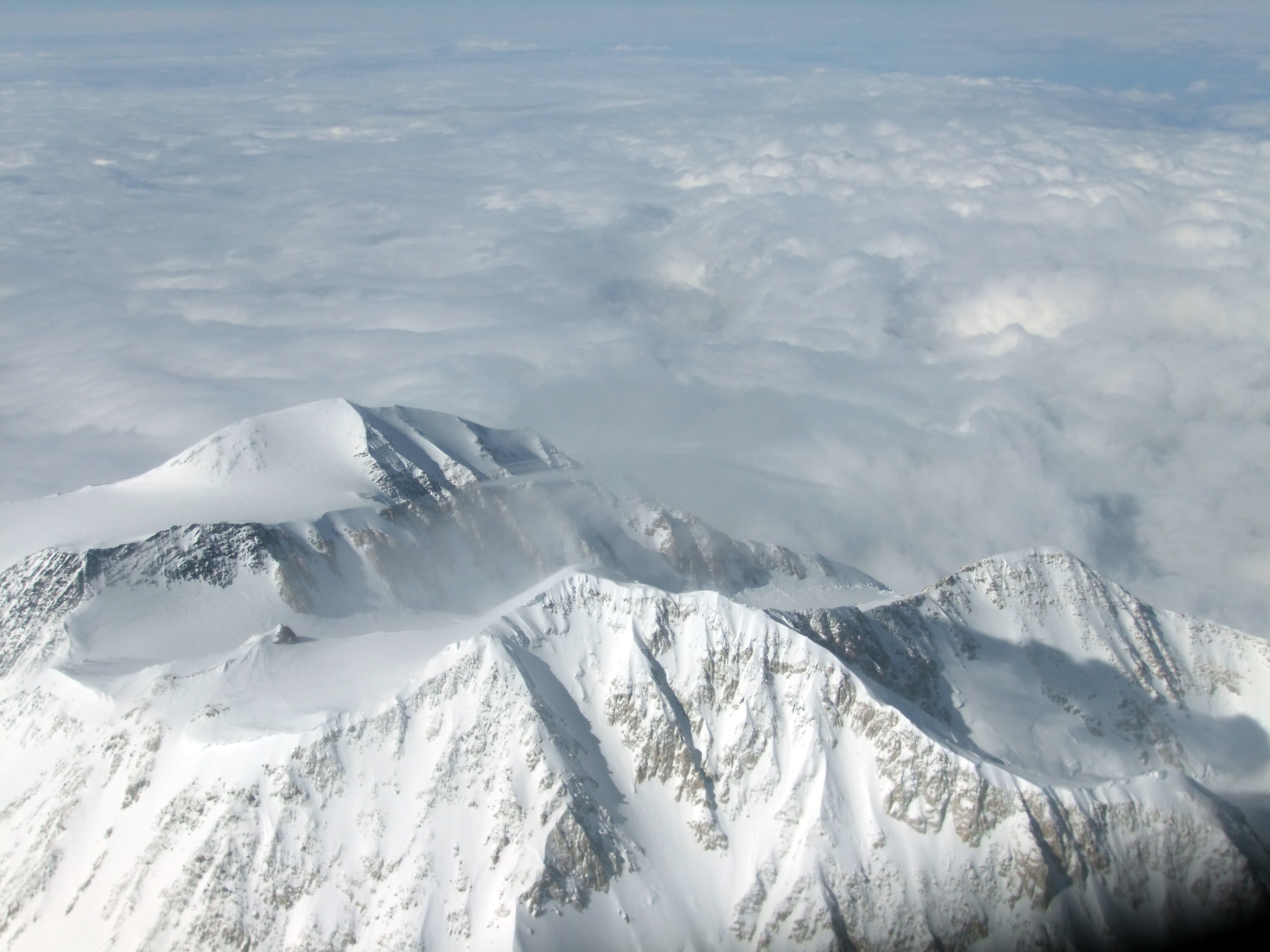
About 1,500 climbers attempt to summit Denali each summer. And as they make their way up North America’s highest peak, a lot of the human waste they produce gets thrown into the mountain’s glacial crevasses. According to a new study, the waste from previous generations of climbers will begin reemerging farther down the glacier a few decades from now. And that reality threatens to transform the pristine quality of the National Park’s wilderness area.
Over the decades, climbers have generated a lot of human waste. More than 130,000 pounds, in fact, according to Mike Loso’s calculations. The glaciologist from Alaska Pacific University wanted to answer a few questions about that.
“Where is that waste going and when is it going to melt out at the surface again?”
So in 2007, Loso began a research expedition on the West Buttress Route, the most popular way to climb Denali. And the answer he found to that “when” question is surprisingly soon. Loso predicts the waste will begin surfacing on Denali’s lower Kahiltna glacier in 15 to 25 years.
“We can’t say it precisely, but I think the important piece of that finding is that it’s not centuries away. Within the lifetime of the people managing this mountain, these waste piles are going to start to emerge on the surface.”
Loso, and graduate student Katie Goodwin, also found that when the waste does emerge, it will still be quite potent. In turns out inner glaciers, which are dark and cool, are very good at preserving the type of harmful bacteria, like E. coli and fecal coliform, that live in human waste. But Loso says because it will be surfacing in such a remote area, the waste doesn’t represent a major risk to human health or to the environment.
“This human waste is going into a very, very large ecosystem that it’s difficult to argue is at all threatened. We could do the math and figure out how many kilograms of bear poop are out there and we’d come up with a huge number too.”
But it is a problem the National Park Service will have to pay attention to in the years ahead. And no one is more aware of that than Roger Robinson, a mountaineering ranger on Denali.
“People do travel down that way so it’d be something the Park Service will have to manage very closely, once we start finding this stuff.”

Robinson is passionate about keeping Denali clean. He says the mountain is in vastly better shape today than when he first began his job more than three decades ago. Today, all climbers are required to use “clean mountain cans”- two gallon plastic tubs that can be strapped to a backpack or sled. That rule went into effect in 2006, following a bad outbreak of gastrointestinal illness on the mountain a few years earlier. Now, a lot of human waste collected in the cans is flown off the mountain. But Robinson says in the past, most of the waste ended up in crevasses.
“We had a lot of pit toilets that were used for the past 35 years or more out of Kahiltna Base Camp and once those start coming out, those will be huge piles of human waste that are surfacing.”
Climbers are still allowed to throw their waste in crevasses in the middle sections of the West Buttress route. Robinson would like to see the National Park Service require all waste be carried off the mountain. He says new regulations are tricky to pass, but it would be worth the extra expense and effort.
“There’s just no reason to have the prime mountain of the Americas filthy as it once was. It is a wilderness mountain and we need to keep it in that state.”
Loso, a climber himself who spent a summer as a junior ranger on Denali, says it’s a tough issue. He isn’t ready to advocate for climbers to pack all of their waste off the mountain. But he also doesn’t like the idea of spoiling, even in a small way, a remote wilderness area. And he doesn’t buy the argument that we shouldn’t worry about a place that sees so few visitors:
“Since when does the National Park Service, make the argument that the places that are least visited are therefore okay to contaminate or to pollute? It’s the opposite. The park service puts on a high pedestal the places that are the most remote and most wild. And they protect them the most intensely. And here that management practice is sending the contaminants to that very place and I think that’s the hard question.”
Roger Robinson thinks the day is coming when climbers will be required to carry out all of their human waste. But even if that does happen, decades of waste will continue marching down the glacier, emerging on the lower Kahiltna as a foul reminder of past expeditions to the top of Denali.
APRN’s Annie Feidt reports:
